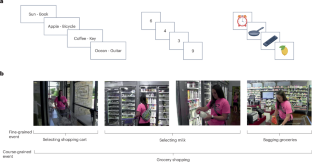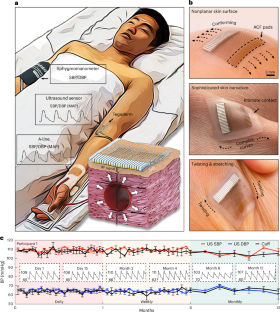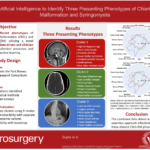2024-11-19 ワシントン大学セントルイス校
<関連情報>
- https://source.washu.edu/2024/11/the-main-events-how-scenes-from-life-shape-consciousness-build-memories/
- https://academic.oup.com/pnasnexus/article/3/10/pgae459/7818226?login=false
- https://www.nature.com/articles/s44159-024-00367-0
人間の活動理解をヒューマンスケールでモデル化: 予測、セグメンテーション、分類 Modeling human activity comprehension at human scale: Prediction, segmentation, and categorization
Tan T Nguyen, Matthew A Bezdek, Samuel J Gershman, Aaron F Bobick, Todd S Braver, Jeffrey M Zacks
PNAS Nexus Published:11 October 2024
DOI:https://doi.org/10.1093/pnasnexus/pgae459

Abstract
Humans form sequences of event models—representations of the current situation—to predict how activity will unfold. Multiple mechanisms have been proposed for how the cognitive system determines when to segment the stream of behavior and switch from one active event model to another. Here, we constructed a computational model that learns knowledge about event classes (event schemas), by combining recurrent neural networks for short-term dynamics with Bayesian inference over event classes for event-to-event transitions. This architecture represents event schemas and uses them to construct a series of event models. This architecture was trained on one pass through 18 h of naturalistic human activities. Another 3.5 h of activities were used to test each variant for agreement with human segmentation and categorization. The architecture was able to learn to predict human activity, and it developed segmentation and categorization approaching human-like performance. We then compared two variants of this architecture designed to better emulate human event segmentation: one transitioned when the active event model produced high uncertainty in its prediction and the other transitioned when the active event model produced a large prediction error. The two variants learned to segment and categorize events, and the prediction uncertainty variant provided a somewhat closer match to human segmentation and categorization—despite being given no feedback about segmentation or categorization. These results suggest that event model transitioning based on prediction uncertainty or prediction error can reproduce two important features of human event comprehension.
実世界経験における事象知覚と事象記憶 Event perception and event memory in real-world experience
Heather Bailey &Maverick E. Smith
Nature Reviews Psychology Published:10 October 2024
DOI:https://doi.org/10.1038/s44159-024-00367-0

Abstract
People remember events as a series of interconnected actions organized in time. The ability to perceive, represent and remember events is essential to understanding the world, adapting to changing circumstances and surviving. Extensive research has been conducted to understand memory representations of simple, static ‘events’ that often lack real-world contextual meaning. Although this work lays the foundation of current theories of cognition, it is disconnected from how memory functions in the real world. In this Review, we discuss how events are perceived from a continuous stream of experience, and how perceived events organize memory for real-world experiences. Further, we discuss how cognitive ageing, mental health conditions and neurodegenerative diseases impact event memory. We provide a cohesive overview of event memory for naturalistic stimuli and suggest future directions for the field.


